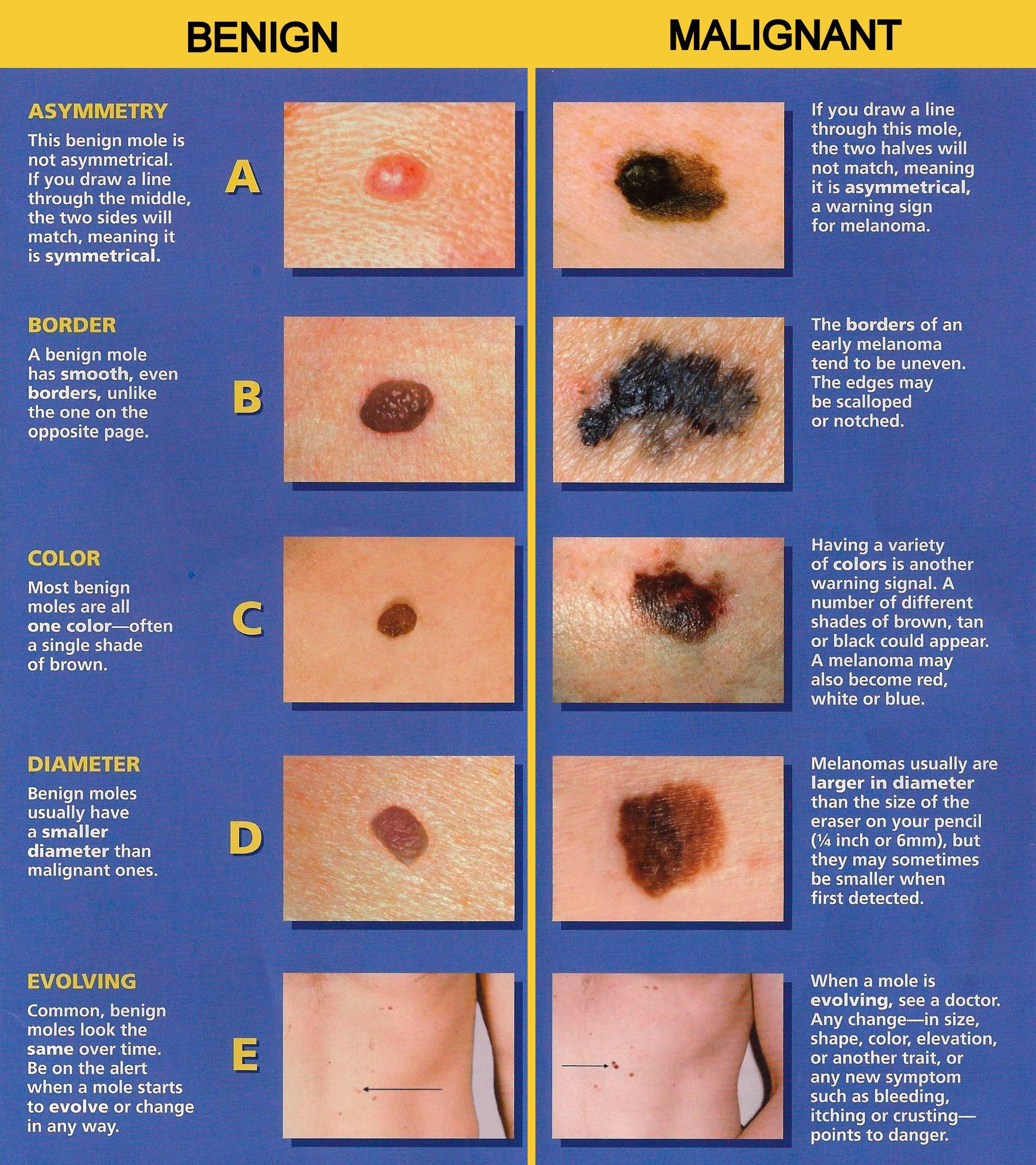Skin moles are common and can appear on various parts of the body. They can be found in different shapes, sizes, and colors. While most moles are harmless, it’s important to understand the various types and keep an eye on any changes. In this article, we’ll explore the different types of skin moles to help you better understand them.
- Congenital Moles: Congenital moles are present at birth or develop shortly afterward. They can vary in size, ranging from small to large. These moles are usually harmless, but larger congenital moles may have a higher risk of developing into melanoma, a type of skin cancer. It’s advisable to monitor these moles and seek medical attention if you notice any changes.
- Acquired Moles: Acquired moles are the most common type and appear throughout life. They often develop during childhood and adolescence, but can also emerge in adulthood. Acquired moles can vary in size, shape, and color. Most of these moles are harmless, but it’s essential to keep an eye on them for any changes such as asymmetry, irregular borders, or color variations.
- Junctional Moles: Junctional moles are typically small and have a flat or slightly raised appearance. They are usually brown in color and occur when melanocytes (pigment-producing cells) are clustered at the junction between the epidermis and the dermis layers of the skin. While junctional moles are generally harmless, any changes in their size, shape, or color should be evaluated by a dermatologist.
- Compound Moles: Compound moles are slightly raised and can vary in color, ranging from tan to dark brown. These moles are a result of melanocytes clustering in both the epidermis and the dermis layers of the skin. Like other moles, compound moles are usually harmless, but it’s crucial to monitor them for any changes.
- Dermal Moles: Dermal moles are typically raised and have a flesh-colored appearance. They can be slightly hairy and may darken over time. Dermal moles are caused by melanocytes clustering in the dermis layer of the skin. While most dermal moles are benign, any changes in size, shape, or color should be examined by a dermatologist.
Conclusion: Understanding the different types of skin moles is important for identifying any potential changes that could indicate a problem. While the majority of moles are harmless, it’s crucial to monitor them regularly and consult a dermatologist if you notice any changes such as asymmetry, irregular borders, color variations, or rapid growth. Regular skin examinations and early detection are key in maintaining skin health. Remember, if in doubt, it’s always best to seek professional medical advice.


